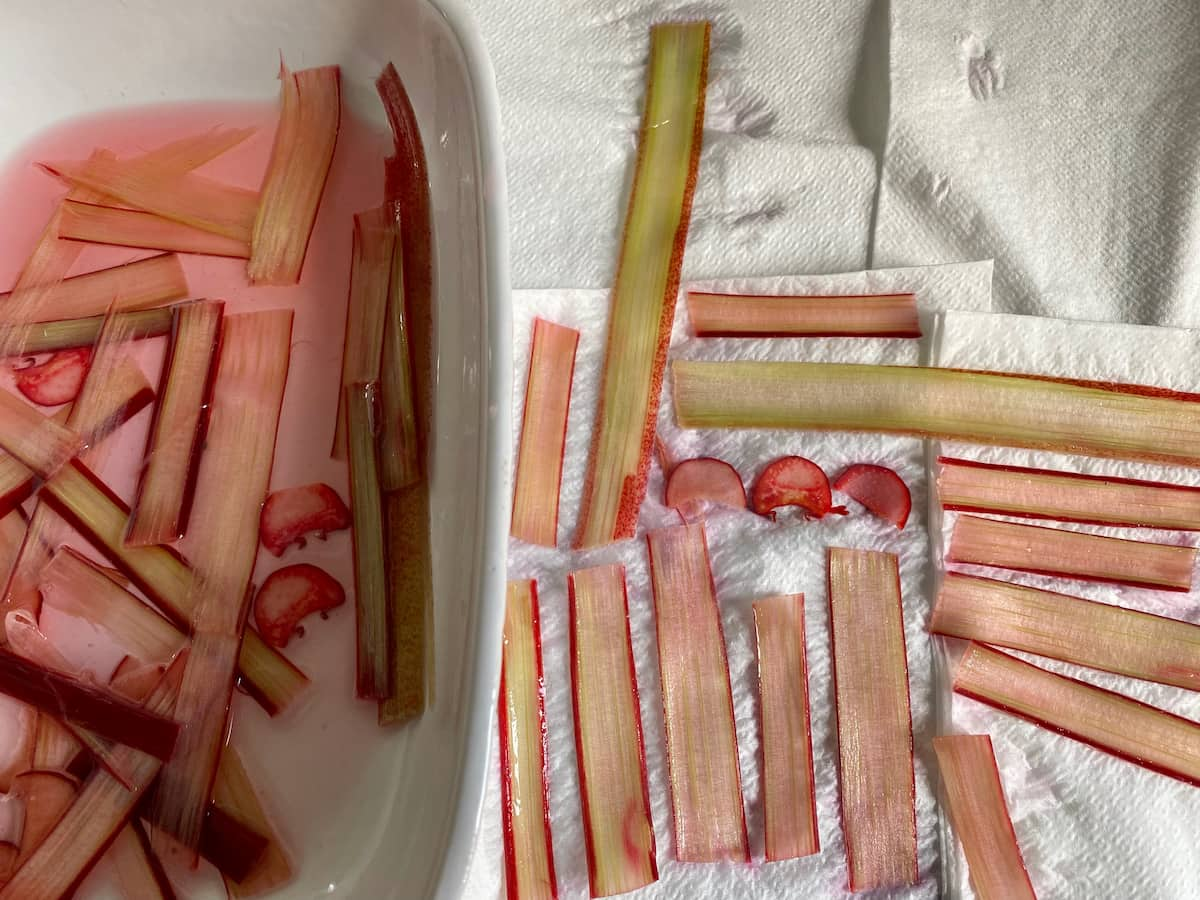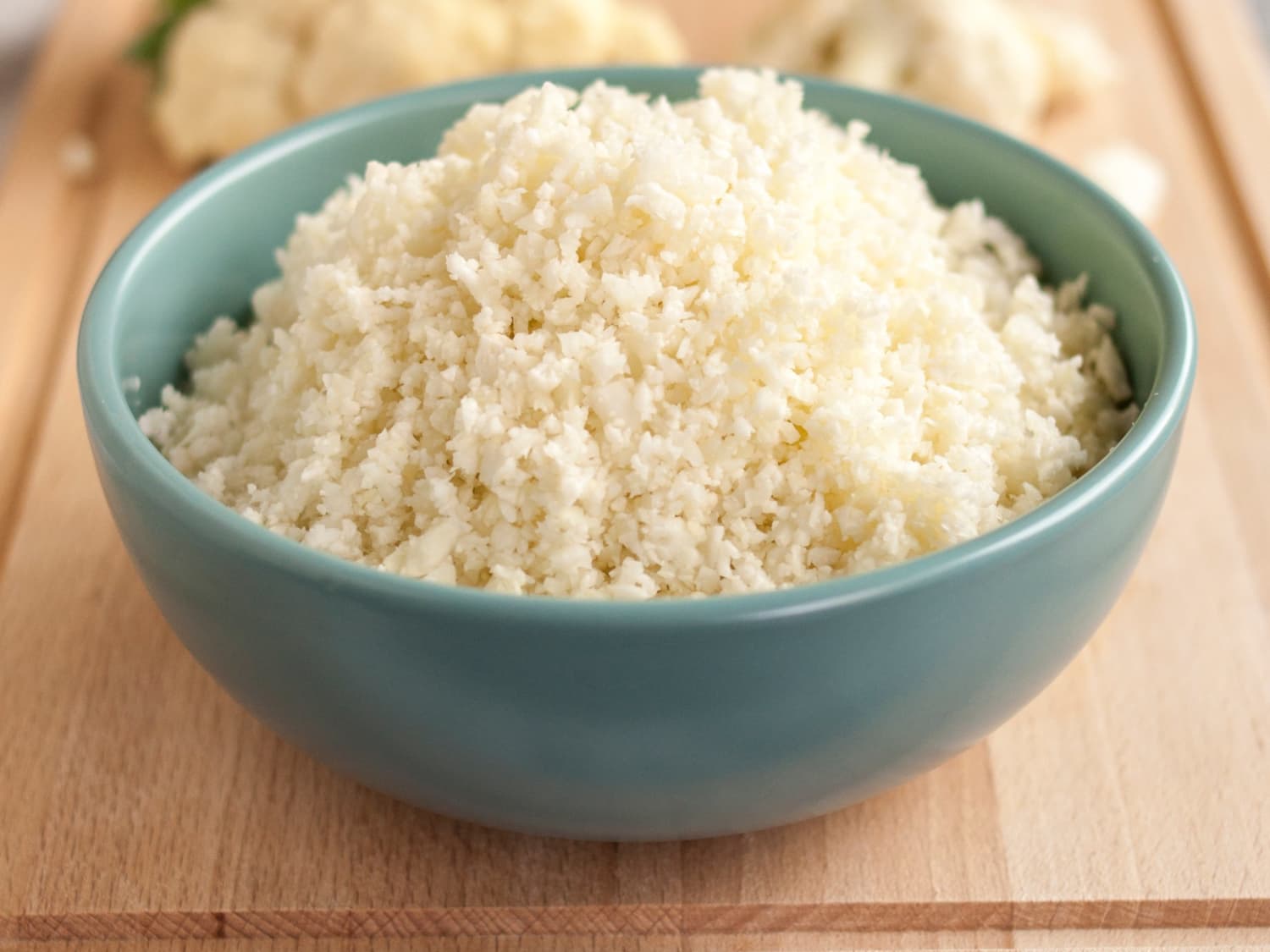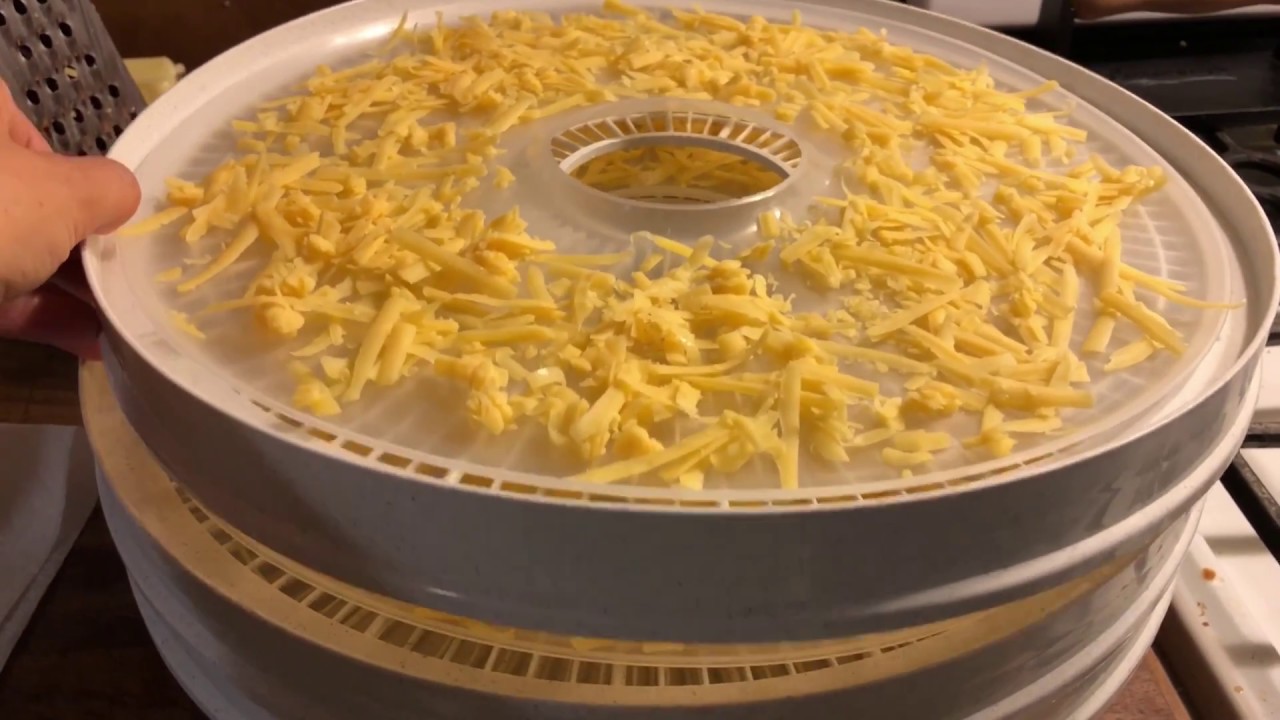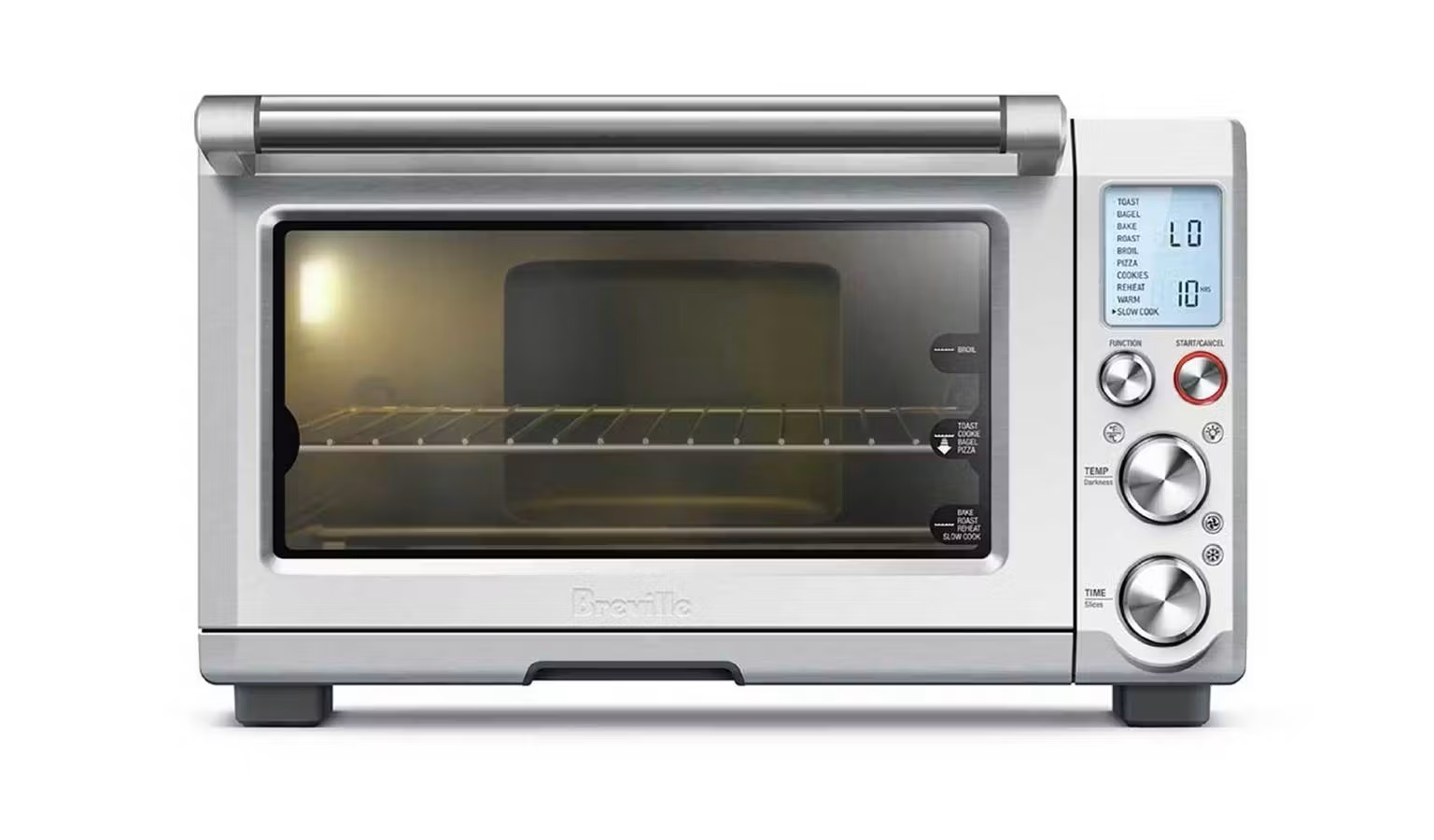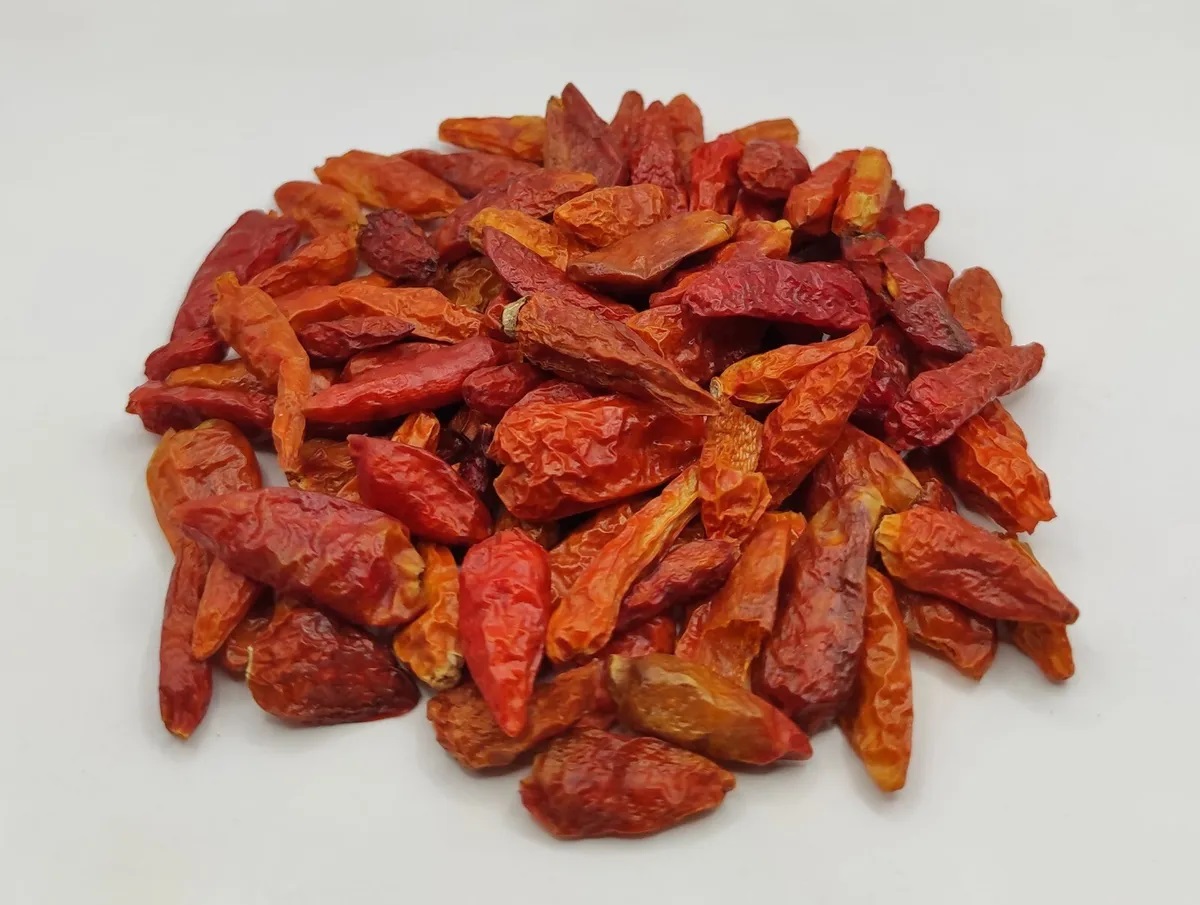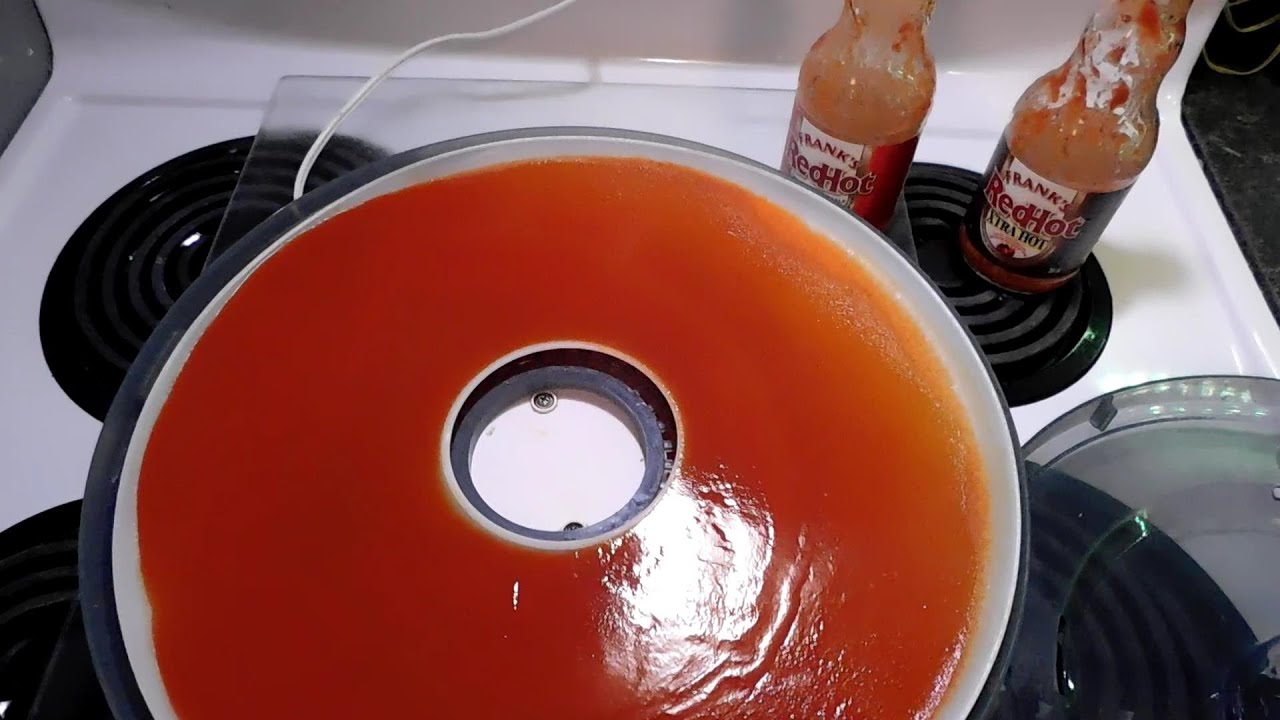Dehydrating Velveeta Cheese: A Delicious and Versatile Option
Dehydrating Velveeta cheese is a great way to preserve this creamy and flavorful cheese for long-term storage. Whether you want to create your own homemade cheese powder for seasoning or prepare a lightweight and portable snack for your next outdoor adventure, dehydrating Velveeta cheese is a simple process that yields fantastic results.
Why Dehydrate Velveeta Cheese?
Dehydrating Velveeta cheese offers several benefits, including:
- Extended Shelf Life: By removing the moisture from Velveeta cheese, you can significantly extend its shelf life, making it a convenient option for long-term storage.
- Convenient Storage: Dehydrated Velveeta cheese takes up less space than its original form, allowing for easier storage and organization in your pantry or backpack.
- On-the-Go Snacking: Dehydrated Velveeta cheese can be transformed into a lightweight and portable snack, perfect for hiking, camping, or traveling.
- Flavorful Seasoning: Once dehydrated, Velveeta cheese can be ground into a fine powder and used as a delicious seasoning for a variety of dishes.
How to Dehydrate Velveeta Cheese
Dehydrating Velveeta cheese is a straightforward process that requires minimal equipment. Here’s a simple guide to dehydrating Velveeta cheese at home:
- Slice the Velveeta: Start by slicing the Velveeta cheese into thin, uniform pieces. This will help ensure even dehydration.
- Arrange on Dehydrator Trays: Place the sliced Velveeta cheese on the dehydrator trays in a single layer, ensuring that there is space between each slice for proper airflow.
- Set the Temperature: Preheat your dehydrator to around 135°F (57°C). The exact temperature may vary depending on your dehydrator model, so refer to the manufacturer’s instructions for guidance.
- Monitor the Progress: Allow the Velveeta cheese to dehydrate for 6 to 12 hours, periodically checking for doneness. The cheese should be completely dry and brittle to the touch when ready.
- Store the Dehydrated Cheese: Once the Velveeta cheese is fully dehydrated, allow it to cool before transferring it to airtight containers or resealable bags for storage.
Ways to Use Dehydrated Velveeta Cheese
Once you have successfully dehydrated Velveeta cheese, there are numerous ways to enjoy and utilize this versatile ingredient:
- Cheese Powder: Grind the dehydrated Velveeta cheese into a fine powder using a blender or food processor. This cheese powder can be used to add a burst of cheesy flavor to popcorn, pasta, soups, and more.
- Trail Mix: Incorporate dehydrated Velveeta cheese into a homemade trail mix for a savory and satisfying snack on the go.
- Camping Meals: Pack dehydrated Velveeta cheese to add a creamy and indulgent touch to your campfire meals, such as macaroni and cheese or cheesy potatoes.
- Emergency Food Supply: Store dehydrated Velveeta cheese as part of your emergency food supply, ensuring access to a delicious and comforting ingredient in times of need.
Conclusion
Dehydrating Velveeta cheese is a practical and enjoyable way to elevate your culinary repertoire. Whether you’re seeking long-term storage solutions, convenient on-the-go snacks, or versatile seasoning options, dehydrated Velveeta cheese offers a world of possibilities. With a simple dehydrator and a bit of patience, you can unlock the full potential of Velveeta cheese in its dehydrated form.
So, the next time you have a block of Velveeta cheese on hand, consider harnessing the power of dehydration to transform it into a lightweight, flavorful, and long-lasting culinary asset.
For those looking to experiment with dehydrated Velveeta cheese, there are several recipes worth trying. The Dehydrated Velveeta Cheese Queso Dip is a great starting point, offering a classic, creamy dip perfect for parties. Another crowd-pleaser is the Dehydrated Velveeta Cheese Nachos, where the cheese's intense flavor shines through. For a hearty meal, Cheesy Beef and Noodle Skillet combines the richness of Velveeta with savory beef and pasta. If you're in the mood for a simple snack, Velveeta Cheese Popcorn Seasoning will turn your popcorn into a cheesy delight. Lastly, don't miss out on Velveeta Cheese Infused Mashed Potatoes for a comfort food classic with a twist. Each recipe showcases the unique properties of dehydrated Velveeta, making them must-tries for any cheese lover.
Was this page helpful?
Read Next: How To Dehydrate Sour Cherries
